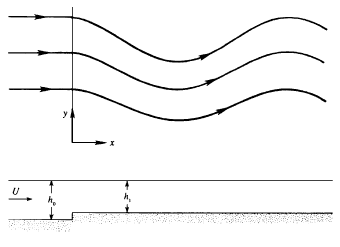First of all, Rossby wave forms not only in the ocean, but also in the atmosphere (even in magma). It is a feature of fluids on rotating planets.
Maybe you can try to understand Rossby wave by appreciating the analogy between (internal) gravity wave and Rossby wave.
Two distinct features of geofluid are stratification and (differential) rotation. Stratification, or vertical variation of density, produces internal gravity wave. Similarly, differential rotation (or variation of rotation), gives rise to (barotropic) Rossby wave. Their difference can not be easily identified by observing the tracer (temperature, density etc.) field in the figure below, without knowing the coordinates.

Vertical decreasing density with altitude gives a fluid parcel a restore force when it is displaced upward/downward; Likewise, meridionally increasing rotation also gives a restore force when a parcel is displaced northward/southward. Therefore, a fluid parcel cannot move freely in the vertical and meridional directions due to these restore forces (you probably already notice that the contours of many things on rotating planets are horizontal lines or zonal lines). Such restoring forces actually generates respectively the internal gravity wave and Rossby wave. The gradient of potential temperature (density of mass), as well as the gradient of potential vorticity (density of rotation) here is a measurement of the restoring force.

